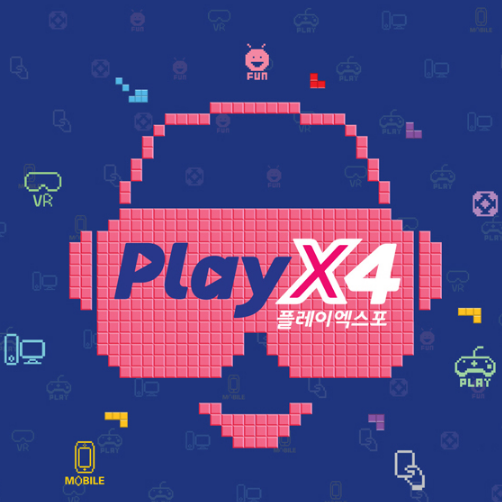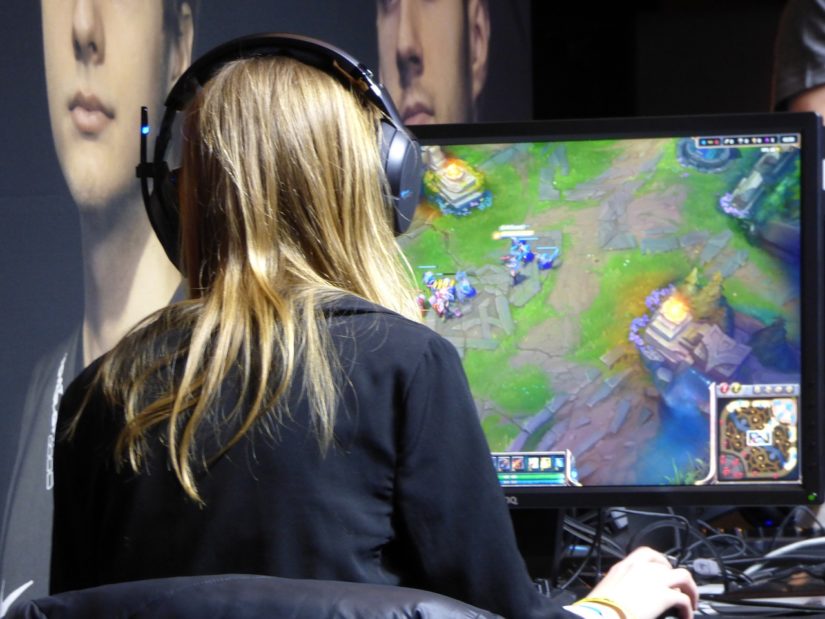CFI’s content partner TechNode talked with Chinese and South Korean gaming companies at Playx4, a South Korean game expo to see what insiders have to say about the changing dynamics of the Sino-Korean gaming industry.
In March last year, South Korea allowed the US to install the Terminal High Altitude Area Defense (THAAD) missile system on its soil. Since then, China has launched a series of retaliatory moves against the neighboring country. The unofficial boycott has affected a group of booming industries that range from pan-entertainment to tourism.
As a part of the move, Beijing has refused to issue new licenses for games made in South Korea. This practically prevents any new South Korean titles from entering the country, because since 2016 all games must receive the governmental approval before they can be distributed in China.
As of April this year, not a single of China’s 412 authorized foreign online games were developed by a South Korean gaming company. Meanwhile, the Korean government licensed 111 Chinese online games, granting Chinese game developers a combined KW 200 billion (around RMB 1.18 billion) of revenue, up KW 80 billion (RMB 475 million) YoY.
Historically, Chinese and South Korean game developers and publishers have worked together very closely. China has been a top export destination for South Korean games, but the blockage is slowing down the booming industry. In Q1 2017, South Korea’s gaming industry exported a value of $359 million, down 14.2% YOY and 8.2% MoM. The year-long blockage not only affects South Korean gaming companies but also their Chinese counterparts. There are rumors about the withdrawal of THAAD system, but nothing has come of it.
TechNode talked with Chinese and South Korean gaming companies at Playx4, a South Korean game expo to see what insiders have to say about the changing dynamics of the Sino-Korean gaming industry.
As a publisher helping overseas games, especially South Korean games, to enter China, the team behind Miaoju Internet Technology is adopting a wait-and-see attitude.
“Given the circumstance, we can do nothing but wait. No one wants to touch the government’s baseline. In order to get prepared for possible policy shifts, we participated in several gaming events in South Korea, Japan, and Taiwan so as to keep track of the latest trends,” Jin Guang, overseas business director of the Hangzhou-based company told TechNode.
Although there is an imbalance between gaming exports between China and South Korea, Jin doesn’t think it has significant meaning for Chinese developers. “South Korea is relatively small compared with other larger markets like Southeast Asia and North America. Most Chinese gaming companies just take it as a small part of their globalization plan.”
For some Korean companies, they are trying to find a way out by adopting detouring mechanisms. “Even before the blockage, it’s difficult for a Korean game to get a license in China. To facilitate the process, we reached an alliance with local partners and run our titles under their names,” said Park Jong Chae, director of Mobile Gaming Department at Korean gaming company NHNST.
“Now, it’s a path through which South Korean game developers can introduce their products to a Chinese audience. Its a grey area, but it’s the most common way and many companies are doing it. There’s a way around so you don’t have to say it’s impossible. Even when the licensing ban is gone, it’s crucial for Korean companies to find a trustworthy local partner who could help them to better understand the market,” he said.
Different parties in the gaming industry are making their own efforts.
“We have invited gaming companies from all around the world. Lots of them come from China. Although the ban is still in place, we hope this conference can help the cooperation between Chinese and South Korean gaming industries to move towards a positive direction,” a representative from the organizer of Playx4 told TechNode.
–This article originally appeared on TechNode.








